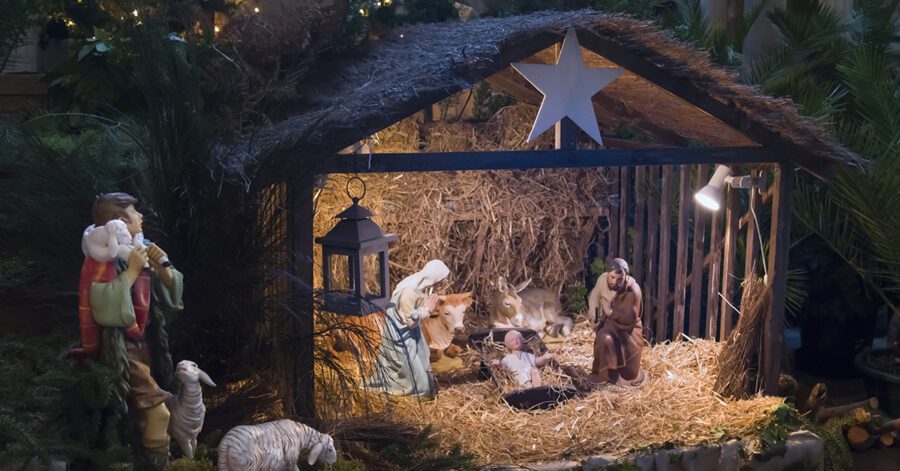We’ve been listening to a lot of jazz this year. We’ve been mapping its evolution in its historical context. The timeline we made traces a fraught journey where rhythms pulse beneathe the birth and infancy of our country, and melodies soar over the triumphs and tragedies of our common history. In Cycle 3, we see the beauty and ashes woven together into the fabric of our institutions, our communities, and our church. Black History Month seems like a good time to reflect on how our studies increase our love of country, love of neighbor, and love of God’s kingdom.
Every earthly manifestation of God’s kingdom is beset with an inherent handicap: it involves humans. Thus, we can expect that every hero will have some murkiness about his shadow, and that every movement will show some frayed edges. When we rest in our own redeemed humanity, we can expect to see vestiges of Adam in our historic exemplars, and yet, by grace, we can also rejoice in the image of God reflected in their kingdom work. We can boldly stare down the passages of our national and church histories knowing that we will see human frailty along with the courage of the Spirit, often in the same figures.
Likewise, we will find aspects of the fullness of God in a spectrum of congregations and worshipping families. There are no vestigial parts in the body of Christ; only the complete and varied body can reflect the manifold glory of its creator. If we venerate just a marble bust of Beethoven, we fail to depict the deft hands and stout heart. We need fullness.
Anthony Bradley writes, “The challenge…is to get readers to listen to someone outside their own tribe.” He challenges Christians to “[put] on display before a watching world how the Gospel creates the platform for racial solidarity.”
To appreciate the contributions each makes to our corporate wholeness, the hand, the heart, and the head must share their stories.
Luckily, stories are the stock and trade of homeschools. So it isn’t such a big stretch to weave new stories into our family canons. To see our historical perspectives take on nuanced shades and contours. I am so thankful for the freedom we have as homeschoolers to determine how we flesh out those contours.
When we began to study the Veritas Press timeline in our first years of Classical Conversations®, I made several additional cards on hot pink cardstock to fill in what seemed to our Vietnamese-Italian family a few oversights. The Silk Road…the Khans… And this without detracting a jot from the Western cultural heritage that shapes our classical philosophy and methods.
Alongside Anne of Green Gables and Hamlet, we are currently wrapping up a biography of Mahalia Jackson in our morning time. It isn’t, perhaps, a living piece of literature, but every quote from that great lady brings her to life in our kitchen as a friend and a model of grace, perseverance, and dignity. We have fallen in love with her through her own words.
Alongside the majestic hymns of Watts and Wesley, we have been incorporating both deep, soulful spirituals and jubilant gospel choruses into our repertoire. The rich and varied sounds express the same hope in God’s faithfulness to His own, the shared longing for our eternal home.
Oh, for a thousand tongues… to walk and talk with Jesus each and every day; Let every kindred, every tribe on this terrestrial ball…dig a little deeper in the store-house of God’s love.
Anthony B. Bradley, Aliens in the Promised Land: Why Minority Leadership Is Overlooked in White Christian Churches and Institutions (Phillipsburg, NJ: P&R Publishing, 2013), 152.




